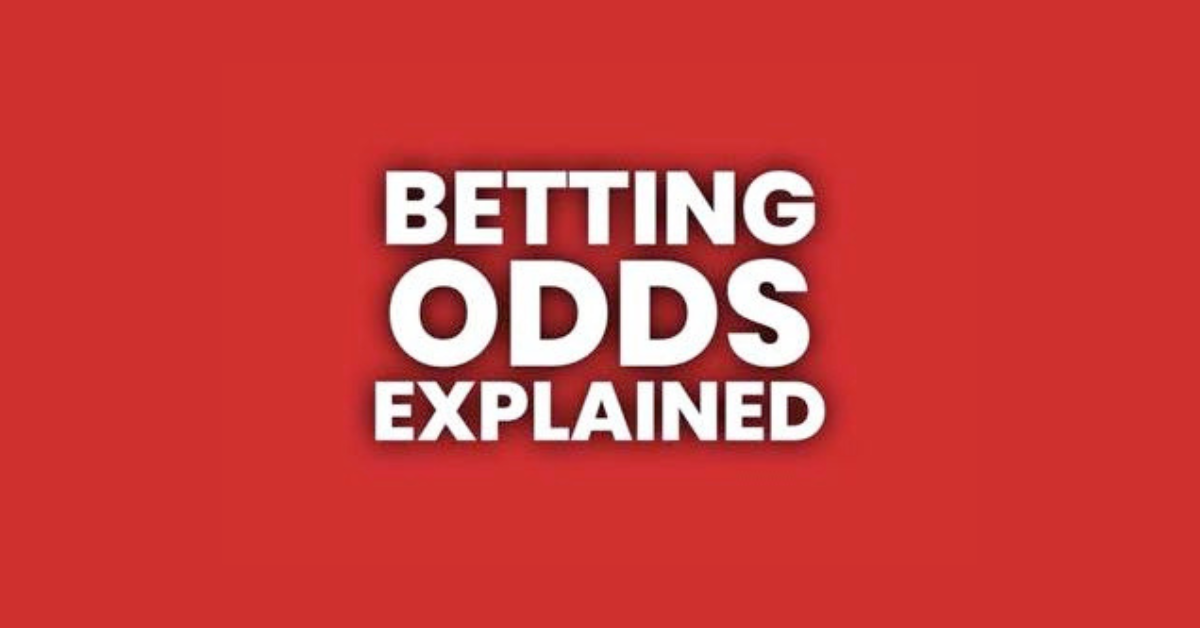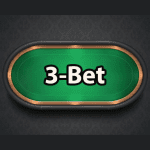Understanding Betting Odds
When it comes to sports betting, understanding betting odds is crucial. Odds represent the probability of a certain outcome in a sporting event and help determine the potential payout. Different formats of odds exist, such as decimal odds, fractional odds, and American odds, each offering unique ways to interpret the likelihood of an event occurring and the potential winnings. Being able to grasp these odds formats is essential for any bettor looking to make informed decisions and maximize their chances of success in the betting world.
Decimal odds are commonly used in Europe and Australia and represent the potential payout for every unit wagered. For example, odds of 2.50 mean that for every unit bet, the bettor will receive 2.50 units in return if the bet is successful, including the original stake. Understanding how to calculate potential winnings using decimal odds is key to making educated bets and evaluating the risk and reward of various wagering options.
Decimal Odds Explained
Decimal odds are a common way to represent betting odds in the gambling industry. This format is widely used by bookmakers and bettors because of its simplicity and ease of understanding. In decimal odds, the number represents the total amount that will be returned to the bettor for every unit staked. For example, if you see decimal odds of 2.50 on a sports event, it means that for every $1 wagered, you will receive a total of $2.50 back if your bet is successful.
One advantage of decimal odds is that they include the stake in the calculation, making it easier to calculate potential winnings. This eliminates the need to calculate the total return separately from the stake, as is often required with fractional odds. Additionally, decimal odds are popular in Europe and Australia, where they are the standard format used by most bookmakers. By understanding how decimal odds work, bettors can make more informed decisions when placing bets and comparing odds across different betting platforms.
Fractional Odds Explained
Fractional odds are one of the oldest forms of expressing betting odds. They are commonly used in the UK and Ireland. For example, if the odds are 2/1, it means that for every $1 you bet, you will win $2 if your bet is successful. The total return would be $3 ($2 winnings + $1 original stake).
In fractional odds, the first number represents the potential winnings, while the second number represents the stake. So, if the odds are 5/1, you would win $5 for every $1 you bet. Understanding fractional odds is essential for those who engage in traditional sports betting or horse racing wagering.
American Odds Explained
American odds are often referred to as moneyline odds, and they are commonly used in the United States. With American odds, the numbers can either be positive or negative. Positive odds indicate the potential profit that can be made on a $100 bet, while negative odds show how much needs to be wagered to win $100.
For positive American odds, such as +150, this means that a $100 bet would result in a profit of $150 if the wager is successful. On the other hand, negative American odds, like -200, would require a $200 bet to win $100. Understanding American odds is essential for navigating sports betting markets in the U.S. and grasping the potential payouts based on different wager amounts.
Positive vs Negative Odds
Positive odds are typically used in situations where the outcome is deemed more likely to happen than not. These odds are represented by a plus sign and indicate the potential profit that a bettor could make if their wager is successful. For example, if the odds are +200, this means that a $100 bet could win $200 in profit, with the total return being the initial $100 stake plus the $200 profit.
Conversely, negative odds are used for outcomes that are considered more probable to occur. These odds are denoted by a minus sign and show the amount a bettor would need to wager in order to make a $100 profit. For instance, if the odds are -150, it indicates that a bettor would need to bet $150 to make a $100 profit, with the total return being the $150 bet and the $100 profit.















